Family Thericleidae
Thericleidae is a family of Orthoptera grasshoppers (Infraorder: Acrididea, Superfamily: Eumastacoidea), found in Africa.
Small hoppers, very similar to Euschmidtiids, but distinguished by 2 well developed spurs at inner ends of hind tibiae.
They occur on shrubs and small trees rather than grasses.
78 species reported from the region.
Links:
Orthoptera Species File
Species recorded from South Africa:
Megalithericles coloratus Namibia "Fish River Canyon"
Thericlesiella granulata South Africa Strandfontein WC
Thericlesiella meridionalis South Africa
Barythericles pumilus Namibia, Prince of Wales Bay
Lophothericles armatus Limpopo, Tshipise
Lophothericles browni South Africa Transvaal, N. Transvaal, 6 m. S.E. Messina
Lophothericles euchore South Africa Drakensberg, Shilouvane
Lophothericles faurei South Africa Transvaal, "Reitspruit Marico" (?)
Lophothericles flavifrons South Africa, Pretoria
Lophothericles fuscus Botswana Botswana, Bechuanaland: Kalahari, Bonche
Lophothericles magnus South Africa Transvaal, Mica L
Lophothericles marginatus South Africa Transvaal, Bandelierkop L
Lophothericles modestus South Africa Transvaal, Skukuza L
Lophothericles mucronatus South Africa Transvaal, Forêt d'Entabeni L
Lophothericles pallens South Africa Transvaal, Hoedspruit L
Lophothericles punctulatus South Africa ?
Whitea alticeps KwaZulu-Natal, Ubombo KZN
Whitea coniceps South Africa KwaZulu-Natal, Nongoma KZN
Whitea crassipes South Africa Cape Province, Breakfast? [Bed and Breakfast?] ?
Whitea fissicauda Transvaal, Nelshoogte M
Xenothericles gibbosus South Africa Aberdeen EC
Xenothericles humilis South Africa: Miller Station EC
Dysidiothericles soni South Africa: Vioolsdrif NC
Microthericles fascipes South Africa Murraysburg WC
Icmalides browni Namibia, Sud-Ouest Africain, Karabib
Mistothericles whitei South Africa Transvaal, N. Transvaal, 6 m. N.E. Haenertsburg. L
Nepiothericles annulipes South Africa Cape Province, Allan Dale WC
Nepiothericles karrooensis South Africa Cape Province, Koup Area ?
Nepiothericles minimus South Africa Cape Province, Miller Station EC
Nepiothericles nigropictus South Africa Cape Province, Twee Rivieren NC
Nepiothericles oculatus South Africa Cape Province, Jansenville EC
Nepiothericles puberulus Namibia: Damaraland
Nepiothericles uvarovi South Africa Cape Province, Windsorton NC
Pseudothericles compressifrons Namibia, Damaraland
Pseudothericles jallae Zambia, Zimbabwe, Mozambique, Malawi Zambezi River ?
Stenothericles crassifemur South Africa: Rosslyn G
Stenothericles orangensis South Africa Free State, Bloemfontein, Orange Free State FS
Raphithericles cuneatus South Africa Transvaal, Nylstroom L
Raphithericles rotundatus South Africa Transvaal, Nylstroom L
Schulthessiella minuta South Africa Transvaal, Drakensberg, Shilouvane L
Thericles consperus Namibia, Windhoek
Thericles flavoangulatus Botswana Botswana, Sepopa
Thericles maculipes Namibia, Gobeon
Thericles miserabilis Namibia, Dsab-Kuiseb River
Thericles obtusifrons Namibia, Damaraland
Athlithericles concordiae South Africa: Concordia NC
Bufothericles terreus South Africa Province du Cap ?
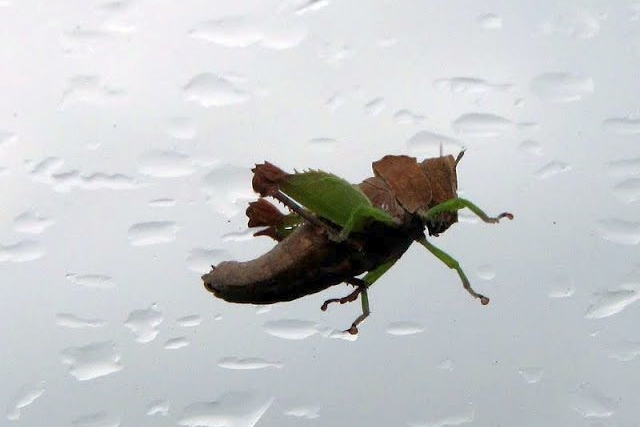 © Lisbeth
© Lisbeth


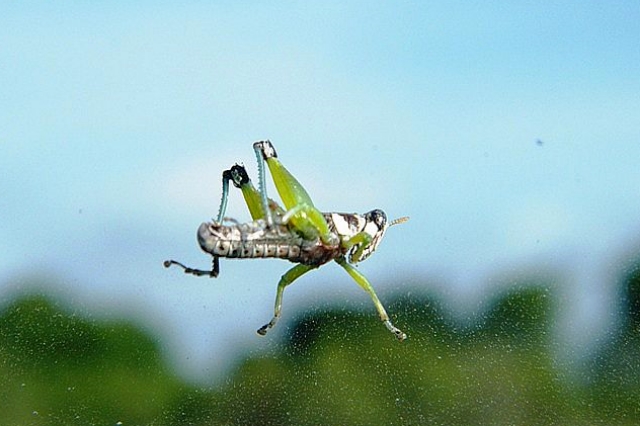 © Richprins
© Richprins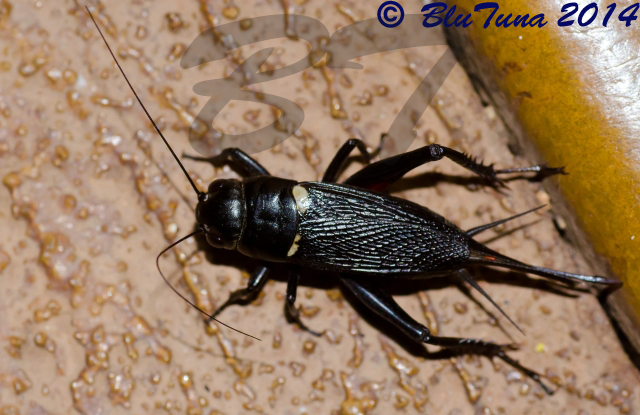 © BluTuna
© BluTuna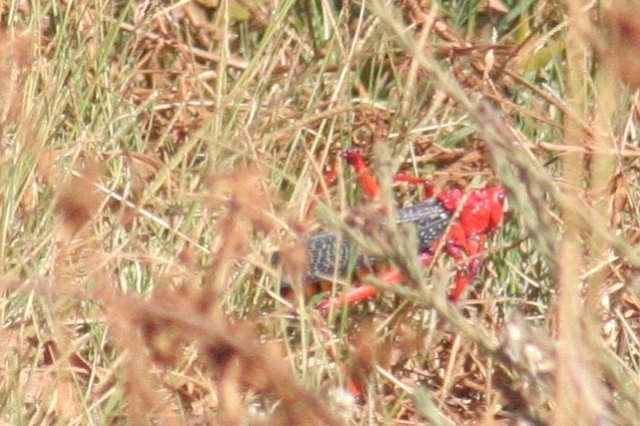 © arks
© arks © BluTuna
© BluTuna © Hawkeyes
© Hawkeyes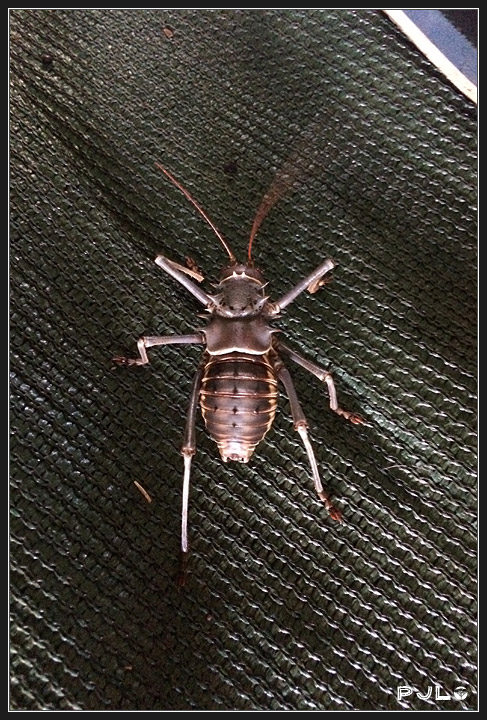 © PJL
© PJL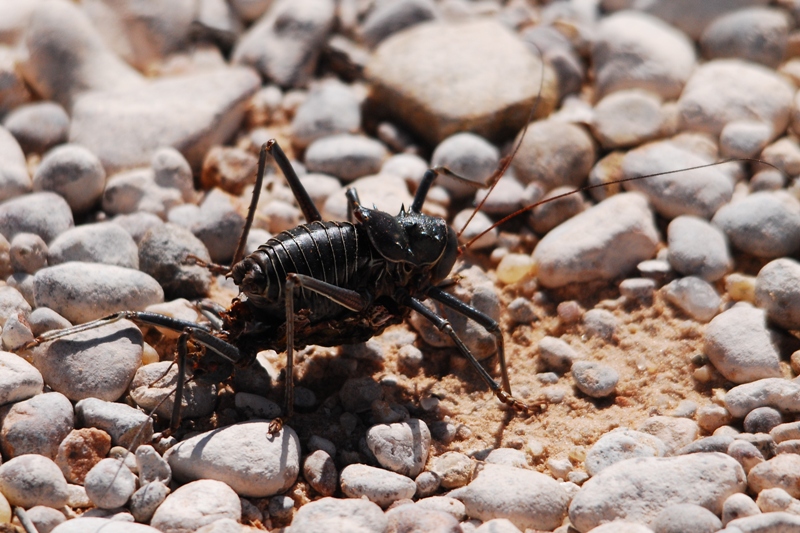 © Mel
© Mel